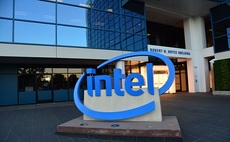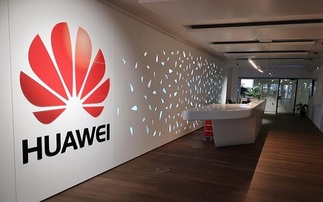Joint laboratory in Finland will experiment with new and more compelling user interfaces
The research is based at Finland's University of Oulu Intel and Nokia will today unveil a research centre created by the two firms along with the University of Oulu in Finland, which will focus o...
To continue reading this article...
Join Computing
- Unlimited access to real-time news, analysis and opinion from the technology industry
- Receive important and breaking news in our daily newsletter
- Be the first to hear about our events and awards programmes
- Join live member only interviews with IT leaders at the ‘IT Lounge’; your chance to ask your burning tech questions and have them answered
- Access to the Computing Delta hub providing market intelligence and research
- Receive our members-only newsletter with exclusive opinion pieces from senior IT Leaders






















